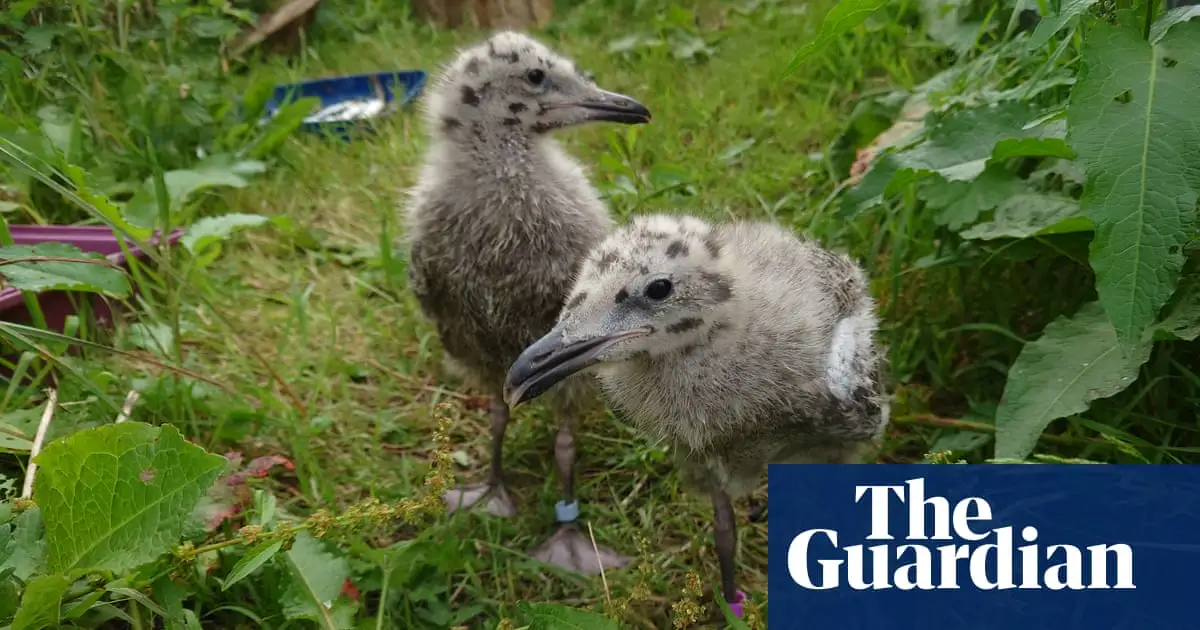Herring gulls have wrecked many a seaside picnic, pouncing on unsuspecting people trying to enjoy a Cornish pasty, a sandwich or a bag of chips.
But a study from the University of Exeter suggests gull chicks prefer seafood even after being raised on a diet of the sort of scraps found around humans.
Scientists studied herring gull chicks that had been rescued after tumbling out of nests in roofs in towns across Cornwall. While they were in captivity, they were given either a “marine” diet consisting of mainly mackerel, sprats and mussels, or an “urban” diet, mostly bread and cat food.
Every few days the chicks were presented with a choice of four foods in different bowls, to test which they preferred – and all of them strongly favoured fish. “When fish is available they clearly prefer it,’ said the lead author, Emma Inzani, from the Centre for Ecology and Conservation at the University of Exeter’s Penryn campus in Cornwall.



This is the best summary I could come up with:
Herring gulls have wrecked many a seaside picnic, pouncing on unsuspecting people trying to enjoy a Cornish pasty, a sandwich or a bag of chips.
But a study from the University of Exeter suggests gull chicks prefer seafood even after being raised on a diet of the sort of scraps found around humans.
Inzani said a combination of reduced fish stocks in UK waters, coupled with abundant and easy-to-access food waste in towns, may mean it is not as profitable for gulls to spend a lot of energy going out to sea to forage.
A video released by the team shows a chick heading straight for the mussels and gobbling them up, then trampling over the bread to get to the seafood and ignoring the cat food.
“An increased reliance on anthropogenic foods such as bread may emerge later in life, perhaps when older individuals experience lower foraging returns from attempts to feed on dwindling marine prey,” the report states.
It adds that investigating the development of individual food preferences of animals is important to understand and predict how species may cope with increasing urbanisation and the climate emergency.
The original article contains 649 words, the summary contains 189 words. Saved 71%. I’m a bot and I’m open source!